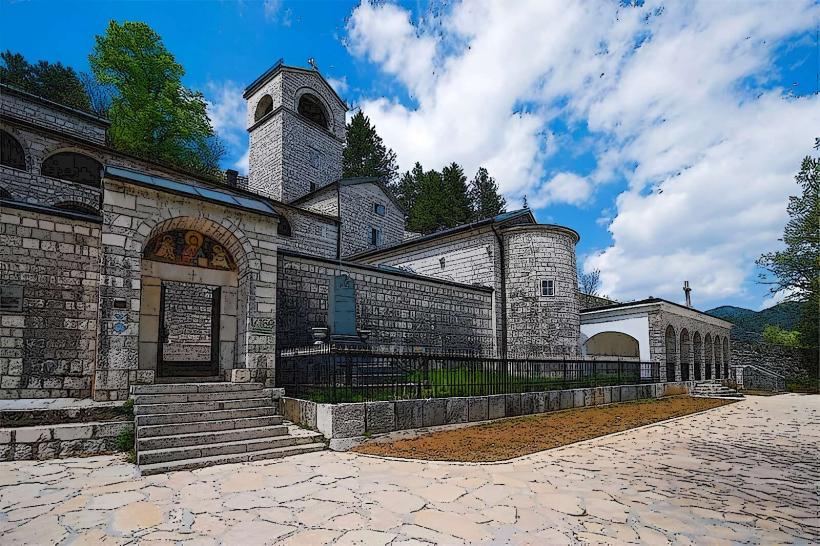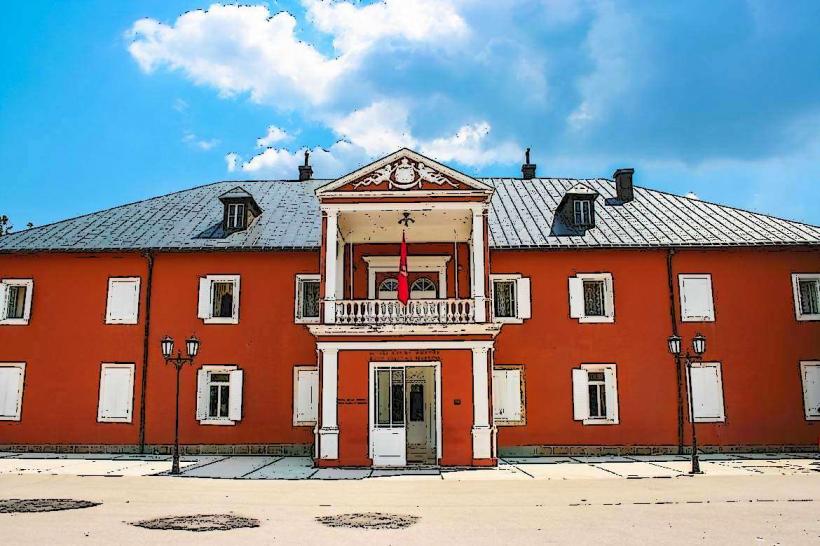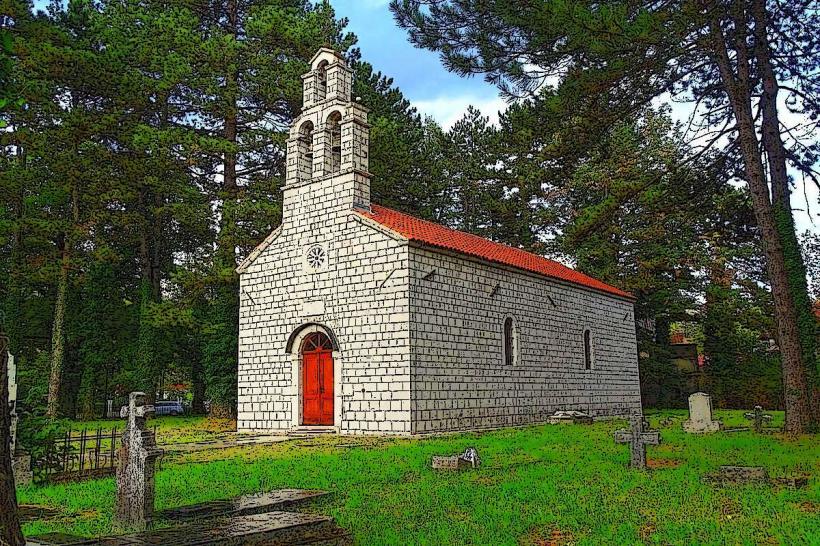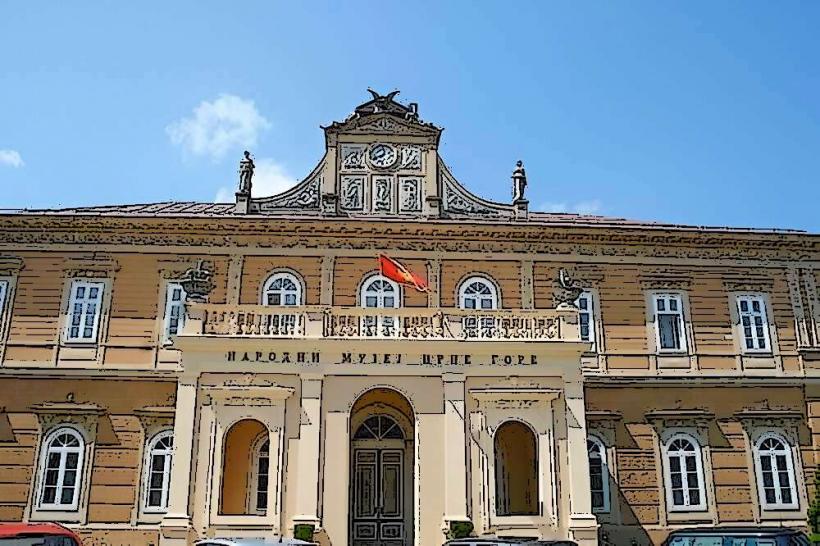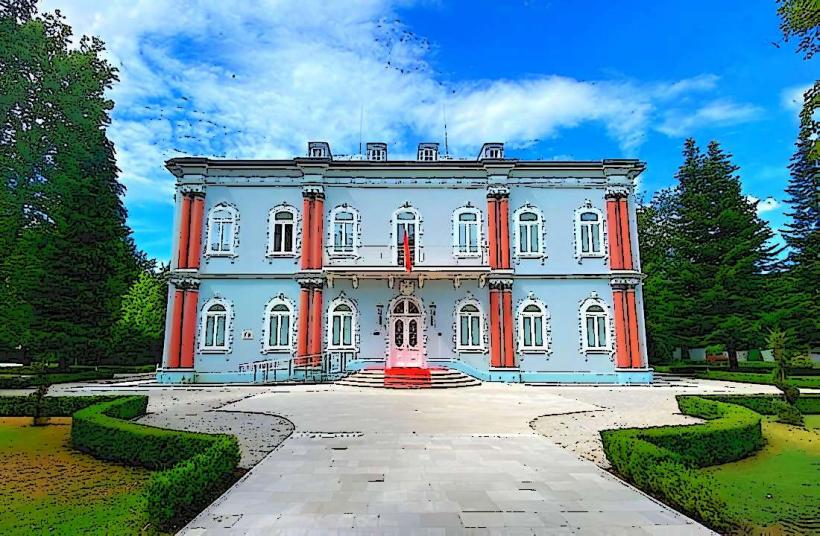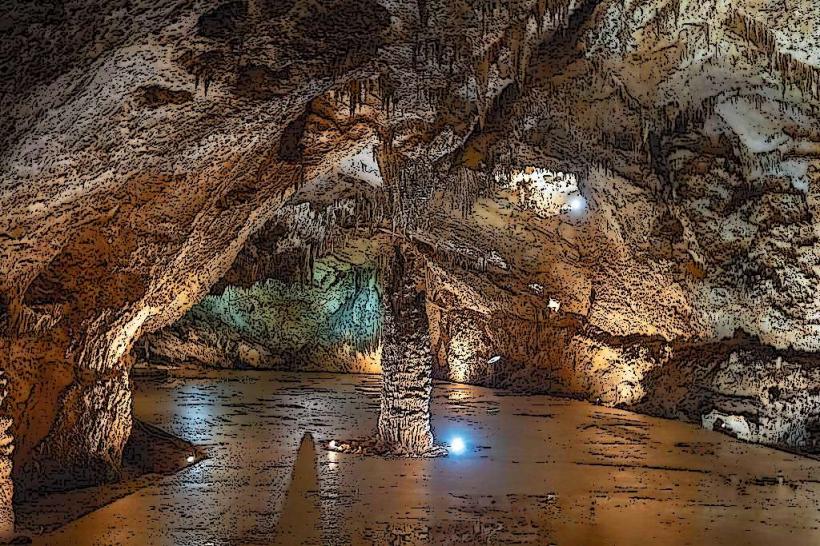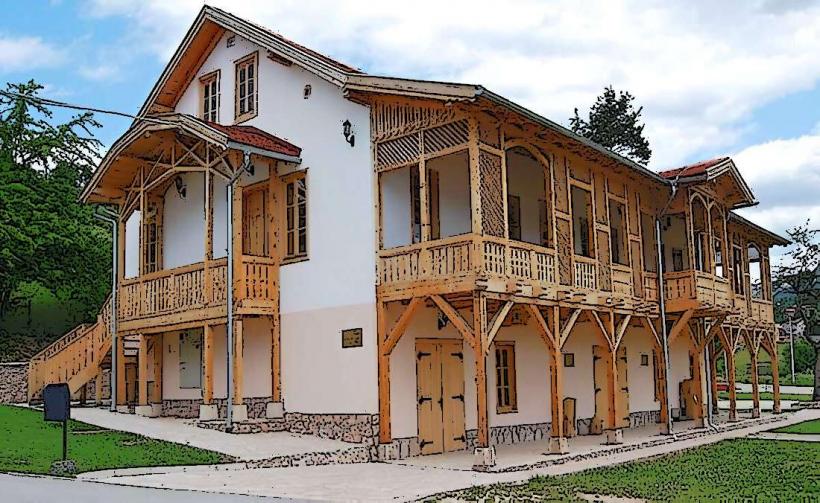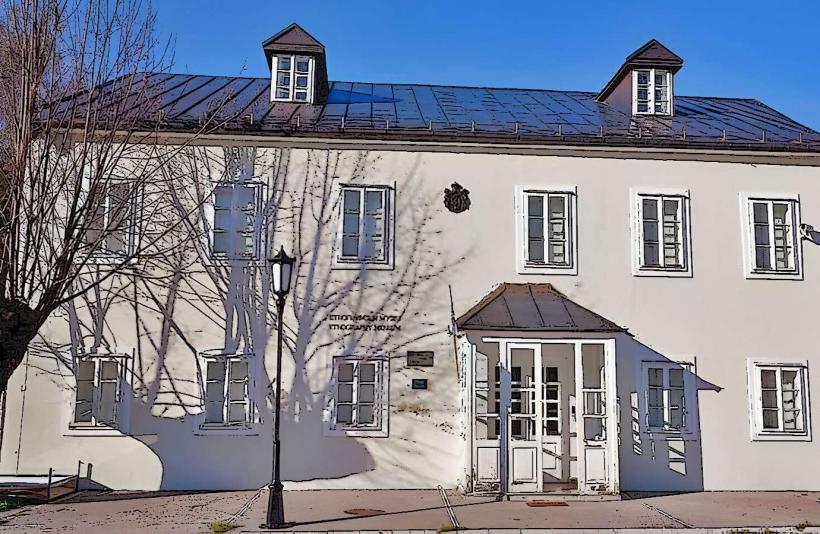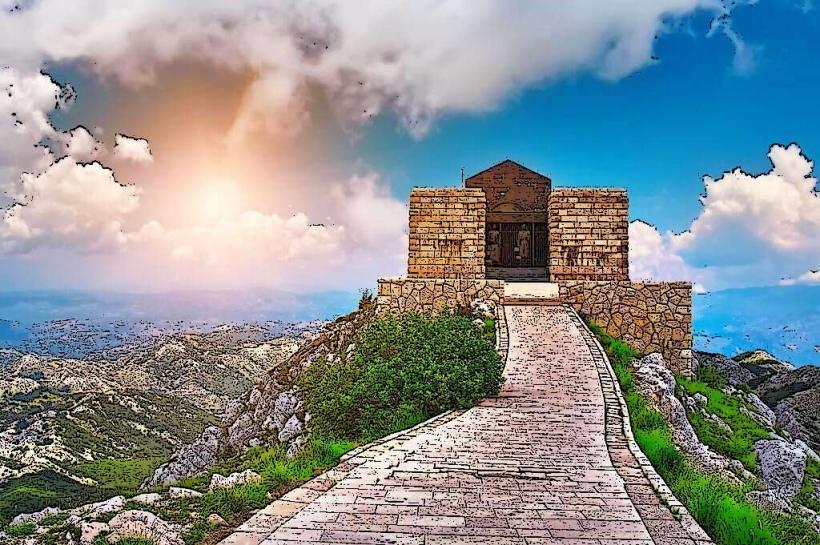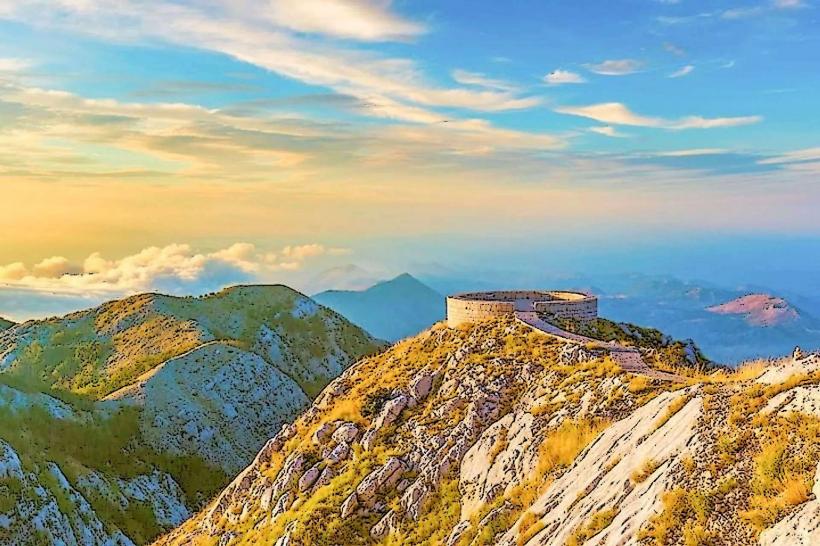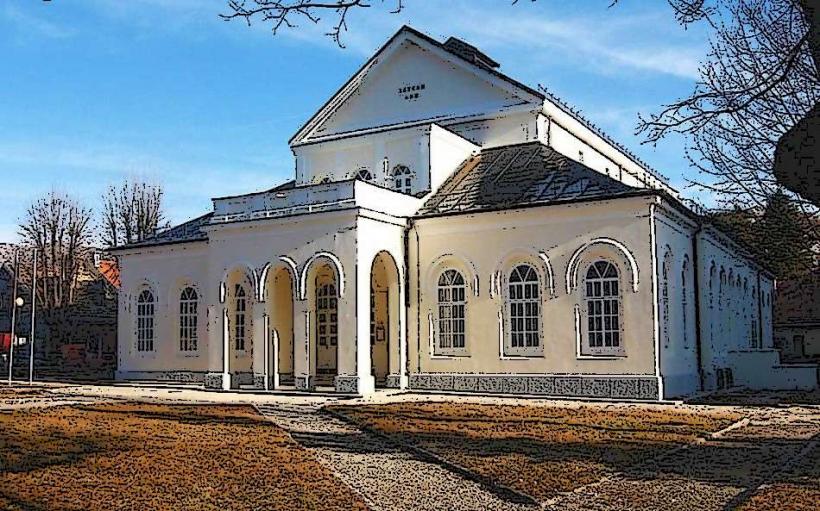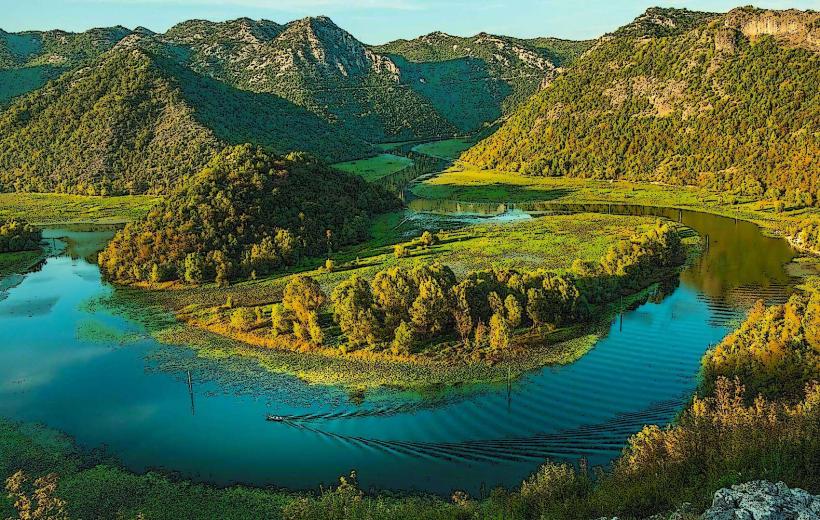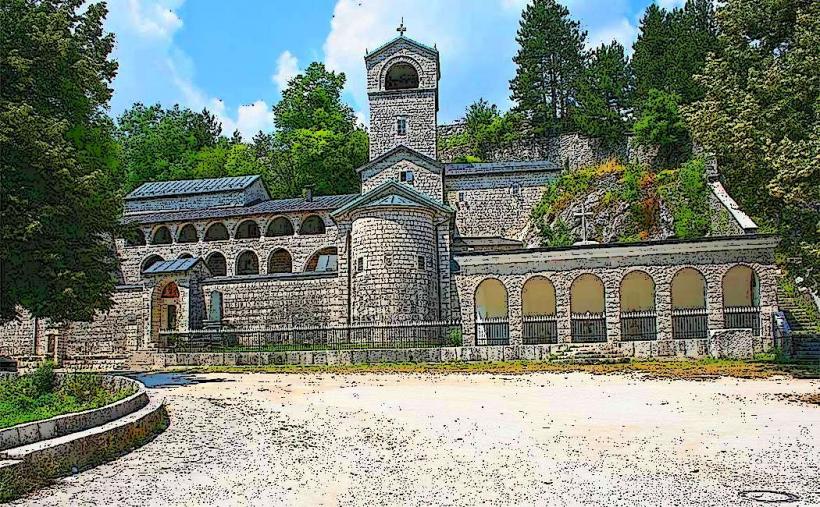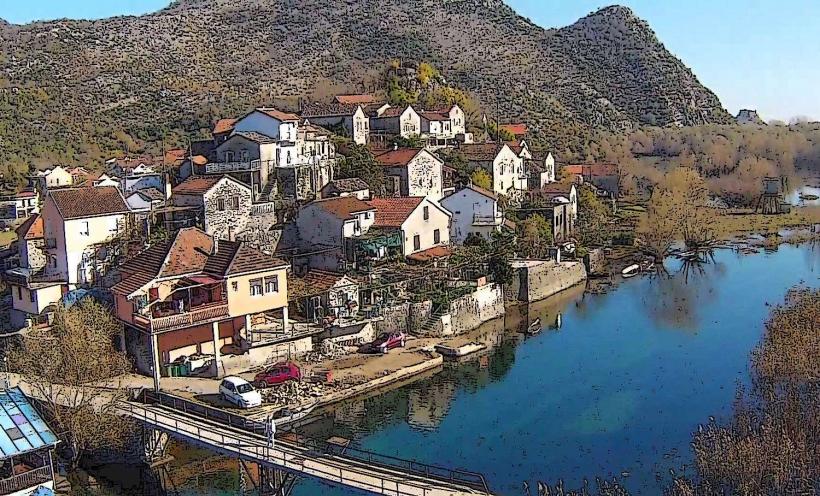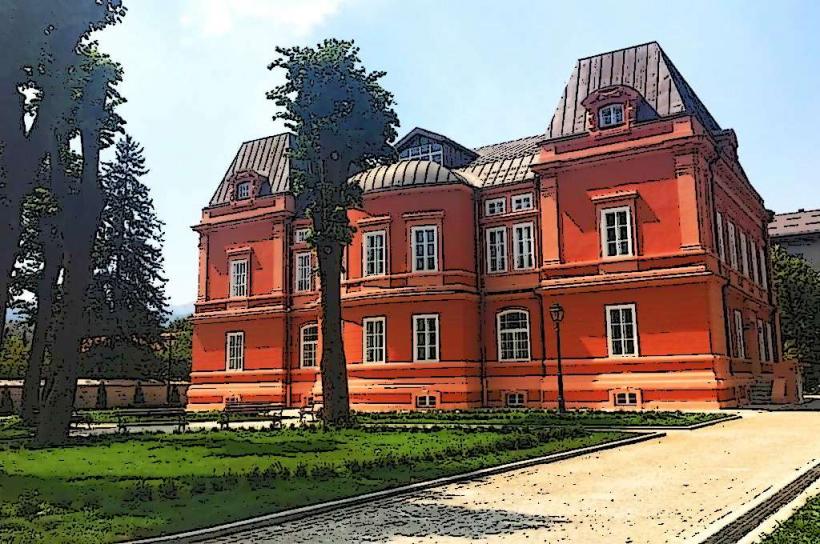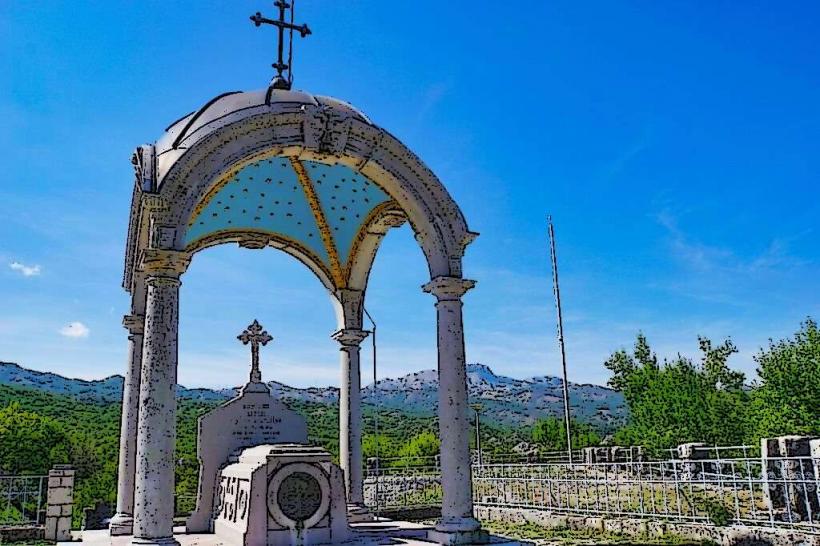Information
Landmark: Biljarda (Njegoš's Residence)City: Cetinje
Country: Montenegro
Continent: Europe
Biljarda (also known as Njegoš's Residence) is a significant historical site located in Cetinje, Montenegro. It is renowned for being the residence of Petar II Petrović-Njegoš, one of the most important figures in Montenegrin history. Njegoš was a prince-bishop, poet, and ruler of Montenegro, widely celebrated for his work in shaping Montenegrin national identity and for his literary achievements, particularly his epic poem, "The Mountain Wreath" (Gorski Vijenac). The house, known as Biljarda, is an important cultural and historical landmark, preserving the legacy of this key figure.
Overview
Location: Biljarda is located in Cetinje, the former royal capital of Montenegro, nestled in the scenic surroundings of Lovćen mountain. The house is situated close to several other important landmarks in Cetinje, such as the Cetinje Monastery and King Nikola’s Palace.
Historical Significance: The house served as the residence of Njegoš during his tenure as Prince-Bishop of Montenegro. It became a central place for political and cultural gatherings during the 19th century and holds immense historical value as the home of Montenegro’s most famous ruler and poet.
History of Biljarda
Petar II Petrović-Njegoš's Residence
Petar II Petrović-Njegoš was born in 1813 and ruled as the Prince-Bishop of Montenegro from 1830 to 1851. He was a key figure in Montenegrin history, both as a ruler and a cultural leader. His residence, Biljarda, became an important center for Montenegrin politics and culture during his reign.
The house itself is named Biljarda, which refers to the billiards table (a popular pastime) that Njegoš is said to have had in the residence. However, the term Biljarda also evokes a sense of elegance and sophistication that is associated with the home’s historical significance.
Architectural History
The residence was built in the early 19th century, likely around 1838, during the period when Njegoš was ruling as Prince-Bishop. The design of the building reflects the traditional architectural style of Montenegro, combining local and Mediterranean influences. The house has undergone various renovations over the years, but many of its original features have been preserved.
The building is a two-story structure, with a stone façade and large windows that allow natural light to flood the interior. It is characterized by its simple yet elegant design, with classical proportions and symmetrical architecture.
Role in Njegoš’s Life
Residence and Political Center
Biljarda was not only a private residence for Njegoš but also a place where political decisions were made. It hosted numerous meetings with the Montenegrin nobility, religious leaders, and diplomats. During Njegoš’s reign, Montenegro faced significant challenges, including external pressures from the Ottoman Empire and Austria-Hungary, as well as internal struggles for power among different factions.
The residence was a symbol of Montenegrin sovereignty and independence, and it served as a base for Njegoš’s efforts to strengthen the political and military power of Montenegro.
Cultural and Literary Hub
In addition to its political role, Biljarda was a cultural hub, reflecting Njegoš's significant contribution to the literary and philosophical traditions of Montenegro. Njegoš was deeply involved in the education and literary life of his time. He spent much of his life writing and reflecting on Montenegrin identity, spirituality, and politics.
It was in this residence that Njegoš worked on many of his key writings, most notably his epic poem "The Mountain Wreath" (Gorski Vijenac), a work that remains one of the most important pieces of literature in the South Slavic literary tradition. The poem, a national epic, explores themes of Montenegrin heroism, family loyalty, freedom, and religious identity.
Legacy of Njegoš
- Njegoš’s time at Biljarda marked an important period of political and cultural consolidation for Montenegro. He not only led Montenegro as a political leader but also significantly shaped its national consciousness through his writings and philosophical ideas. The house is thus integral to understanding Njegoš's complex legacy, both as a ruler and as a cultural icon.
Architecture and Features of Biljarda
Exterior and Structure
Biljarda is a two-story stone house with a simple yet dignified exterior. Its stone walls and wooden beams reflect the typical construction methods of the time and place. The house was designed with a focus on comfort and function, with large windows to allow plenty of light and airflow, essential for the region’s climate.
The front façade of the house is symmetrical, with a centrally located entrance. The roof is steeply pitched, characteristic of the local architecture, and it features wooden elements, which would have been more common in the construction of homes for high-ranking individuals in the region.
Interior Design
Inside, the residence is more modest than other royal homes but still demonstrates elegance and comfort. The rooms are adorned with period furniture, and the layout reflects the functional needs of a ruling family at the time. There are rooms for meetings, studies, and private family life, which are still accessible to visitors today.
Many of the rooms are furnished with period furniture, including wooden tables, chairs, and bookshelves. The presence of artwork and religious icons reflects the cultural and spiritual life of the time, with several paintings of Njegoš and his contemporaries displayed throughout the house.
One of the most notable aspects of the interior is the study, where Njegoš is said to have worked on his literary masterpieces. It is filled with historical documents, books, and artifacts that offer insight into the intellectual and philosophical pursuits of Montenegro’s former ruler.
Biljarda as a Museum
Today, Biljarda is a museum dedicated to Njegoš's life and legacy. Visitors to the site can learn about the history of the Petrovic-Njegoš family, the Montenegrin state, and the literary and political achievements of Njegoš himself. The museum features exhibits on:
- Njegoš's literary work, particularly "The Mountain Wreath".
- Historical documents related to Montenegro’s political history.
- Artifacts from Njegoš’s personal life and reign.
Visiting Biljarda
Location and Accessibility
Biljarda is located in Cetinje, the historical heart of Montenegro, and is easily accessible from the center of the town. It is situated near several other historical landmarks, making it part of a historic walking tour of Cetinje.
The museum is open to visitors year-round, though it is best to check for specific opening hours or closures due to special events or national holidays.
Tours and Exhibitions
- Visitors can explore the residence with a guided tour that provides insights into Njegoš’s life, work, and political role. The museum often hosts special exhibitions dedicated to Montenegrin culture, literature, and the legacy of Njegoš.
Conclusion
Biljarda is an essential cultural and historical landmark in Cetinje and Montenegro. As the residence of Petar II Petrović-Njegoš, it holds a deep connection to Montenegro’s royal past and its journey toward independence. Today, as a museum, it offers a unique opportunity to explore the life of one of the most revered figures in Montenegrin history and to learn more about the rich cultural and literary heritage that continues to shape the identity of the country. For anyone interested in the history, politics, or literature of Montenegro, Biljarda is a must-visit destination.

